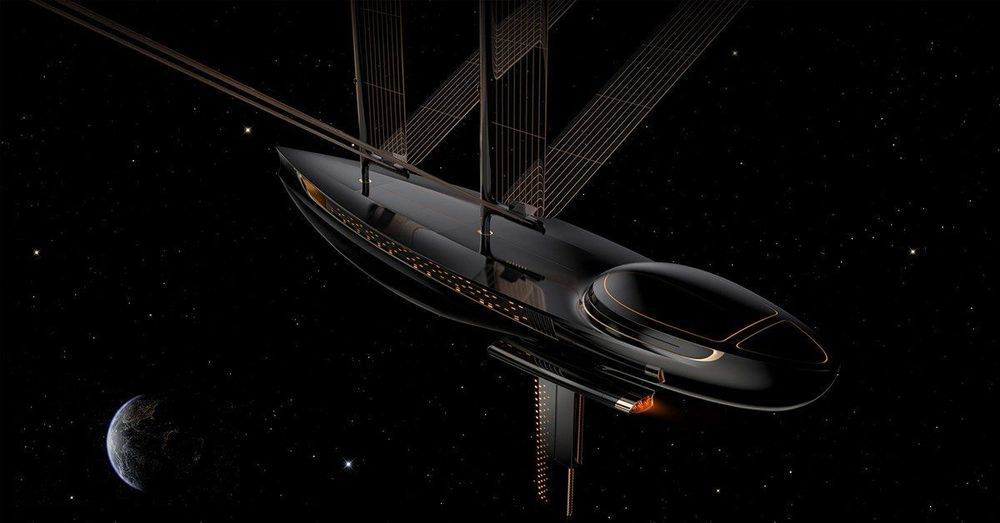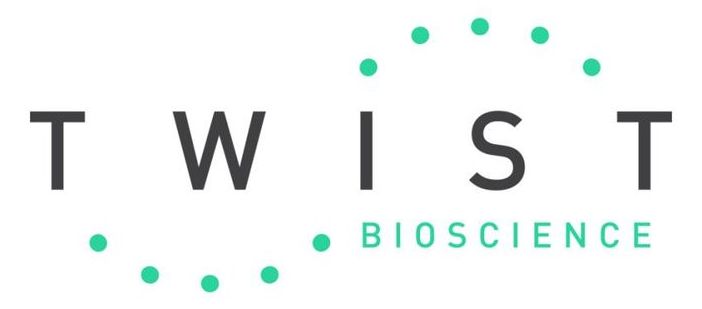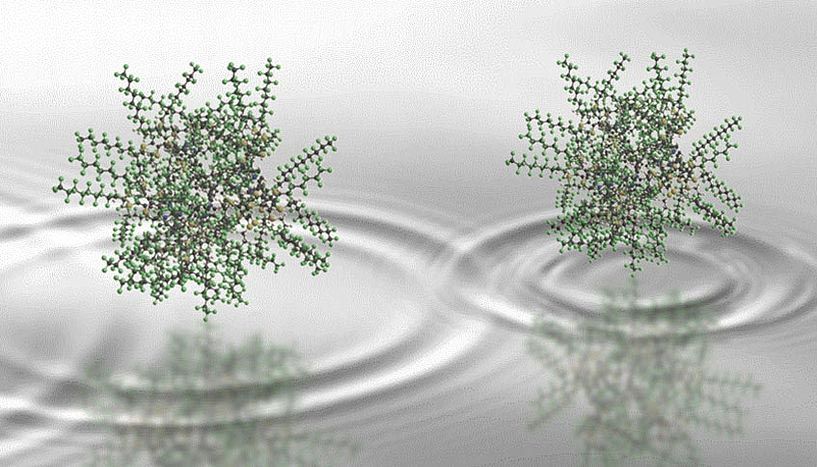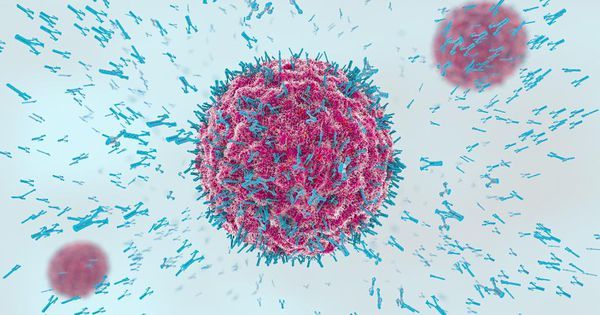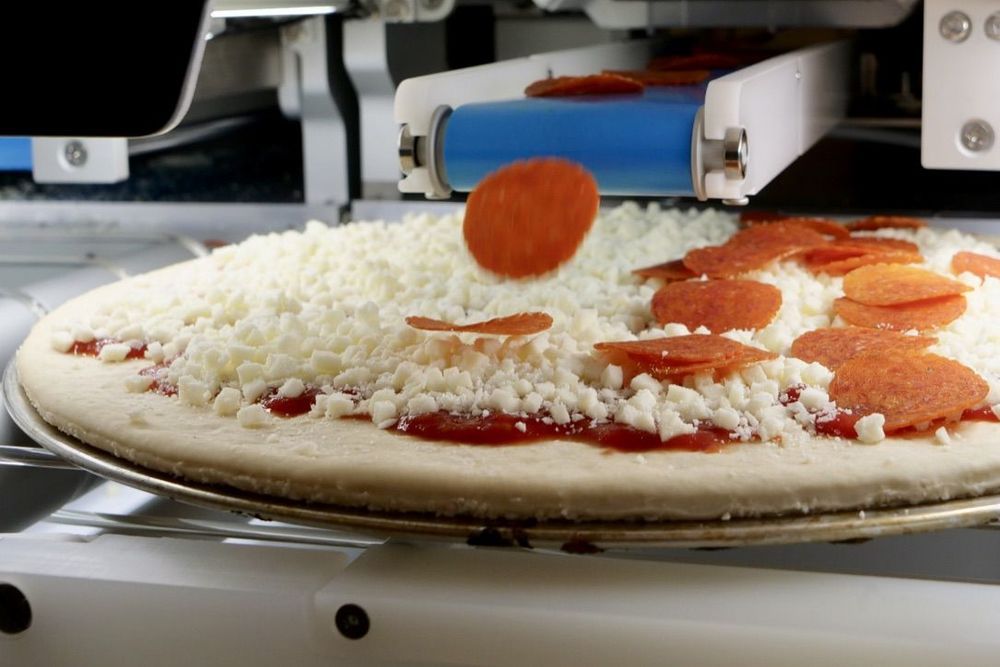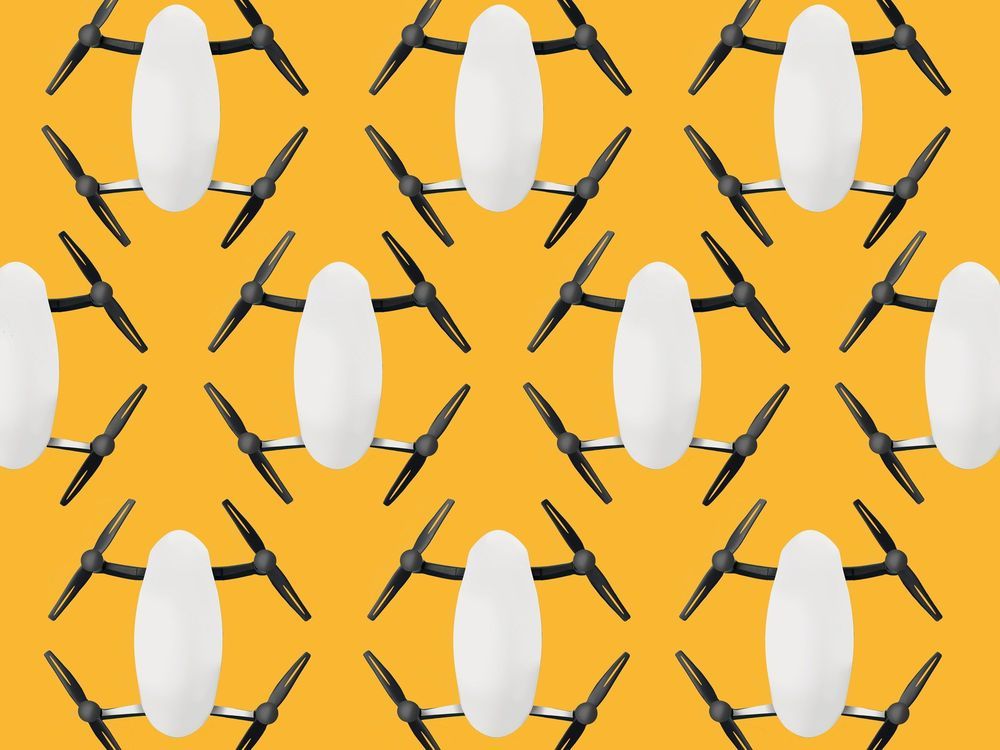Oct 2, 2019
GalaXsea project is the first orbital hotel
Posted by Klaus Baldauf in categories: 3D printing, space
Catalan designer eugeni quitllet is an acclaimed industrial designer who describes himself as a ‘disoñador,’ a spanish contraction of designer and dreamer. his invented future is gravity-free, with incredible aesthetics summarized in a combination of digital precision and flowing curves. eugeni creates bestselling objects between drawings and sculptures, mastering fullness and voids to reveal elegant silhouettes hidden in the material.
galaXsea envisions the first space solar sail boat 3D-printed in space.
